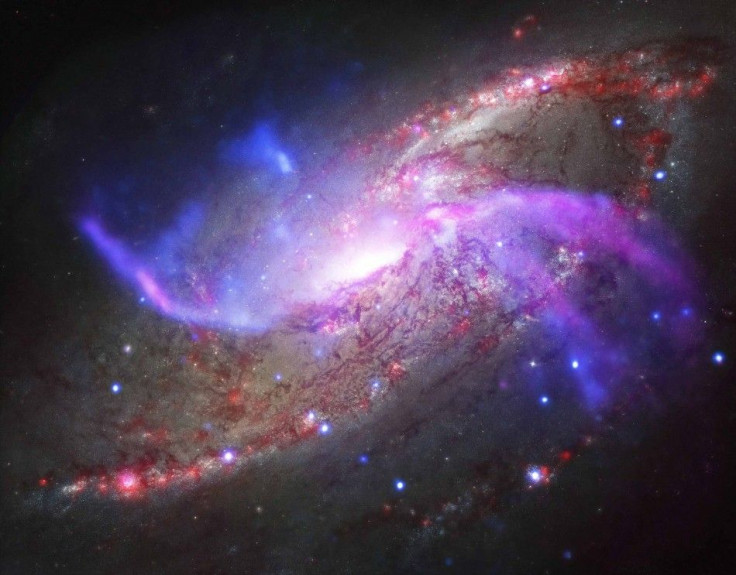80% of the Light from the Universe Is Missing, Where Has It Gone?
Scientist’s try to uncover the mystery of the disappearance of the light.

Astrophysicists are taken aback by the missing light in the cosmos. The light in the universe is measured by studying the tendrils of hydrogen, which when exposed to ultraviolet light, gets ionised. The more ionised the hydrogen is, the more light should exist.
The strange fact is revealed in the new study published in the Astrophysical Journal Letters that the hydrogen tendrils suggest there is far more ultraviolet light around than is being emitted by galaxies and quasars. There seems to be 80 per cent less light than what needs to be present.
"Where is all that light coming from? It's missing from our census," stated Carnegie's Juna Kollmeier, lead author of the study. Scientists are finding it difficult to understand this mismatch that seems to exist only in the relatively well-studied cosmos, but when focused on galaxies millions of light years away the measurement is accurate.
The puzzling factors are the two elements that cause the ionisation of neutral hydrogen. Firstly, it could be from highly energetic ultraviolet rays or from quasars that are powered by hot gasses. The number of quasars are far lesser in the number required to produce this light. Scientists are facing quite a dilemma on the issue.
"Either our accounting of the light from galaxies and quasars is very far off, or there's some other major source of ionizing photons that we've never recognized," Kollmeier said. This missing light is called 'photon underproduction crisis' which Kollmeier states is affecting only astronomers and not the universe. "The universe is getting along just fine."
A co-author from the University of Massachusetts at Amherst, Neal Katz gave a new fascinating perspective to the crisis. "The most exciting possibility is that the missing photons are coming from some exotic new source, not galaxies or quasars at all," she said.
For a world that thought they had uncovered the mysteries of at least this part of the present day universe, David Weinbers, co-author, from the Ohio State University, suggests otherwise. "The great thing about a 400 per cent discrepancy is that you know something is really wrong, we still don't know for sure what it is, but at least one thing we thought we knew about the present day universe isn't true."






